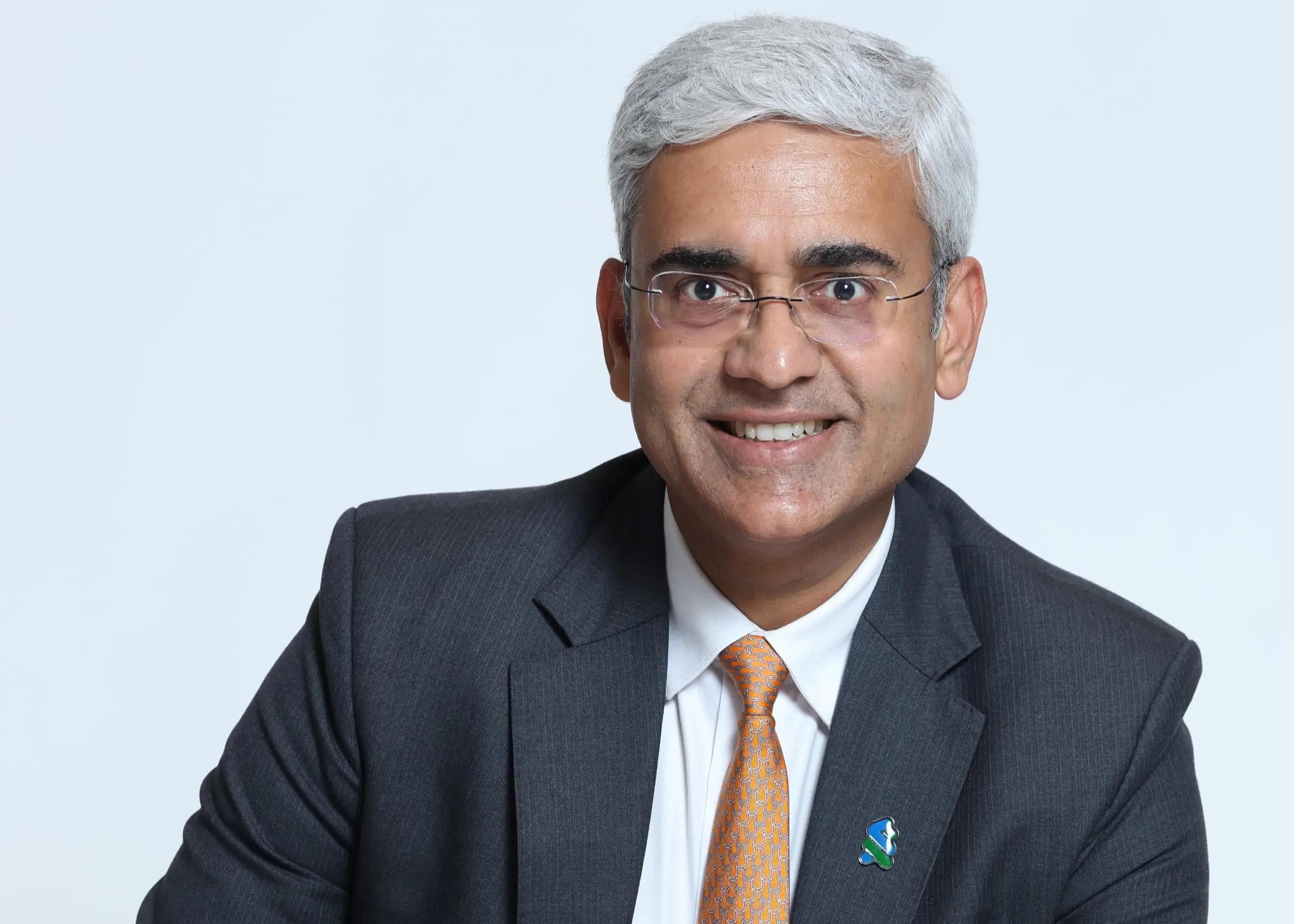Senior Executive Archana Pattabhi Advances Risk Management Practices in the Banking Sector
Senior Executive Archana Pattabhi Advances Risk Management Practices in the Banking Sector
Published by Wanda Rich
Posted on February 27, 2025

Published by Wanda Rich
Posted on February 27, 2025

By: Gerome Alvarez
In 2014, Archana Pattabhi delivered machine learning (ML) models at a major financial institution which changed the way how banks assess Basel Regulatory Compliance. This solution was cost effective, delivered results with fine precision accuracy and 70% faster than traditional processes. As senior vice president of Technology Controls, she assesss the applications across varying technology stacks that reshaped how banks manage security and compliance. Her work arrived when banks confronted rising cybersecurity threats and stricter regulations. The financial sector required these updates as older methods are failing to match current digital demands and protect against new threats.
Digital Tools Reshape Money Management
The Control Quantification Process, led by Archana Pattabhi's team at a major financial institution, watches $940 billion in transactions across more than 500 applications. It reduces manual work by 70% and finds problems 18 months before traditional audits. The system converts banking rules into computer instructions, making audits 45% faster—well above the industry's usual 22%. Risk management has become a $59.9 billion technology industry in 2024, showing banks' growing need for better monitoring tools.
"Traditional methods struggle with fake identities and modern security threats," Archana Pattabhi notes. Bank safety software markets will reach $30.64 billion by 2030, as FedNow payments rose 289% in 2024, pushing older systems to their limits. These shifts require banks to update quickly to stay competitive and maintain security standards in a changing market.
The New Rules of Banking Safety
Archana Pattabhi includes compliance features in products early, creating systems that spot and stop problems. Her team's analytics insights provides a path for proactive risk assessments which significantly aids in risk reduction across Data, Analytics, Technology and Cyber Risk Stripes. Other banks will soon follow this methodology to remain vigilant and take proactive steps to meet regulatory requirements and improve risk management processes.
The FDIC shows small community banks lost 9.1% on investments in 2023, with struggling banks rising from 39 to 52 in one year. These problems push banks to create better risk detection methods. The need to update grows as traditional banking falls short of market needs and customer expectations for faster, more secure services.
The Power of Human Wisdom in Digital Banking
During a recent banking conference, Archana Pattabhi stressed mixing computer speed with human decisions. "Computers find patterns; people understand stories," she explains. This thinking guides financial institutions $285 million investment in blockchain technology for risk measurement, starting in 2026. The project blends automated speed with human oversight to create more reliable financial systems.
Banking expert Marco Torres observes, "Many think computers eliminate human errors. Instead, they move problems to less visible areas." Digital banking should handle $7 trillion by 2030, while computerized systems speed up loan approval by 70%. These changes reveal the benefits and risks of modern banking, highlighting the need for balanced technological growth.
Securing Banking's Future
Archana Pattabhi examines upcoming challenges in financial security. "We need fresh solutions beyond technology. Can we create systems that withstand climate issues, block sophisticated attacks, and maintain public trust?" she asks. Her questions highlight banks' struggle between progress and protection in an increasingly digital world.
With 78% of Americans choosing services outside traditional banks and cybercrime costs heading toward $5.8 trillion by 2026, banks face key decisions. Traditional banks must combine new technology with proven practices—a balance that shapes banking's future. Although challenging, Archana Pattabhi's results prove this combination remains crucial for modern banking's stability and growth.
Explore more articles in the Interviews category











